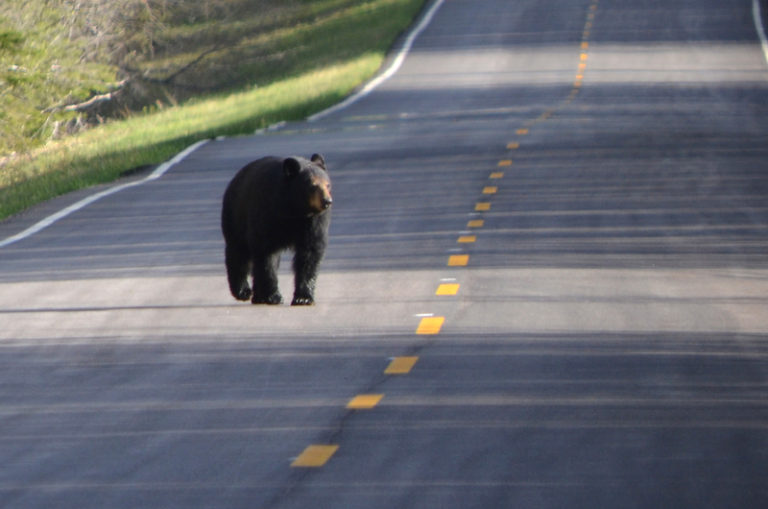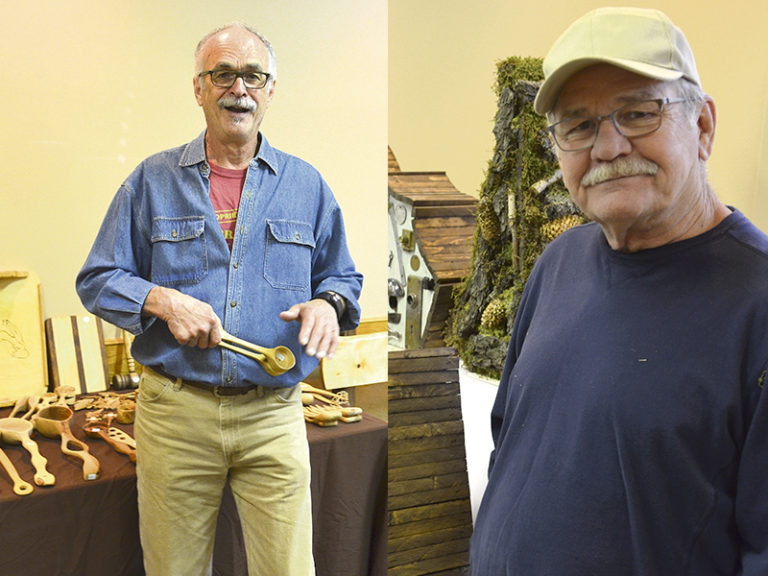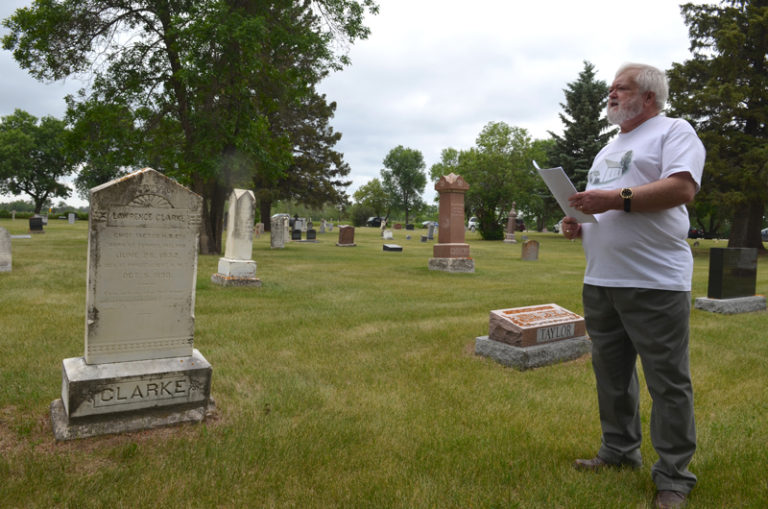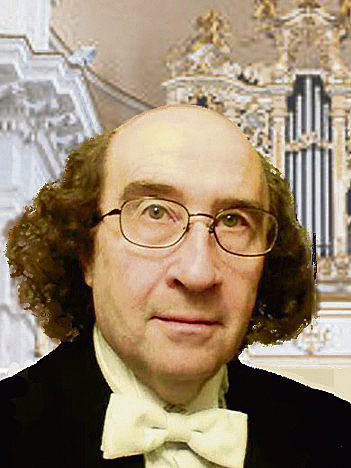Jared Charles, who pleaded guilty to kidnapping and sexually assaulting an eight-year-old girl last summer, told police he didn’t care what happened to him and that he gave up on life two years ago, according to a statement read in court Wednesday.
Warning: Story contains content that may be disturbing to some readers.
The Crown painted a picture of a man who had given up on life and didn’t care what happened to him, while the defence told a story of a troubled young man who might have done better if raised in a more structured environment, during the sentencing for Jared Charles Wednesday in a Prince Albert courtroom.
Charles, who just turned 20, has pleaded guilty to kidnapping and sexually assaulting an eight-year-old girl on July 4, 2017.
He will learn his fate on August 1 at 11 a.m. The Crown has asked for nine years, while the defence argued for five.
Wednesday, exactly one year after that incident, Crown Prosecutor Cameron Scott recounted the day’s events, culminating in a powerful police statement given by whom he described as an intelligent little girl.
Throughout the proceedings, Charles, no longer sporting the long hair seen in pre-trial photos, sat silently, occasionally nodding or shaking his head. He was perched on the edge of the bench in the prisoner’s box, leaning back against the wall, staring straight ahead, occasionally shifting his eyes to peek at the gallery to his right.
In the gallery sat four members of Victim Services, apparently there to represent the victim’s family.
Scott began by handing Judge Hugh Harradence victim impact statements from the girl’s mother and father. Neither wanted their statements read in open court.
The court moved to the first matter — a breach of probation charge unrelated to the abduction.
On behalf of his client, defence lawyer Greg Chovin entered a plea of guilty.
Charles had missed an appointment with his probation officer. He was on probation after serving a sentence for sexual touching of a minor under the age of 16.
The system stopped hearing from him in mid-May, 2017.
Charles was also under conditions not to have unsupervised contact with a minor, or to be in a place where children play.
Yet on July 4, 2017, he was at a school playground, shortly before 3:30 p.m. An eight-year-old girl was playing there, supervised by her grandmother.
They lived close by, and the grandmother stepped away for a few minutes to grab a drink.
Scott played surveillance video showing Charles getting out of a dark-coloured vehicle and walking towards the camera.
He flipped to a second clip. It showed the girl walk away from the camera and disappear around a corner of the school building.
Charles, wearing a red shirt, followed a few steps behind. The pair reappeared and had a brief conversation. Charles picked her up, placed her in the back of his vehicle and drove away.
Seconds later, the grandmother returned walking towards the camera. Minutes later, the call came in to police.
By 8 p.m., police had visited the school, obtained security footage and issued an Amber Alert. Tips, Scott said, immediately began coming in, including from probation officers and others who had previously worked with Charles and knew of him.
Officers identified the car. It belonged to Charles’ roommate. The roommate’s mother received a text that evening – they were smoking hookah at Selena’s Donair.
At 11:15 p.m., Charles was placed under arrest. A search of his home revealed a large amount of female children’s clothing.
He was charged with a pile of offences, including kidnapping and sexual assault. A charge of aggravated sexual assault was later dropped.
About an hour earlier, at 10:20 p.m. a family on a rural property near Highway 302 east of Prince Albert saw a little girl coming up the walk. They recognized her from the Amber alert and called the police.
The victim was taken to the hospital to be examined. There, the victim told the doctor she had been sexually assaulted.
Officers retracing the girl’s steps found tire tracks in a sandy area in the Nisbet forest. From there, little footprints led to a river road, where a large gift bag was found. In it were a knife, a rice crispy square and a partially-drunk root beer. Charles had given it to the girl.
The prosecutor described the victim as intelligent before reading portions of her police statement to the court, a statement that contained “horrendous” details.
She told of how her grandmother stepped away for just a few minutes when the man came up and asked her questions. She didn’t answer.
Then, she said, “he stole me.”
She said Charles told her he was bringing her to a place where she wouldn’t be found. He drove her out to an abandoned house, climbed in through the window. The attack lasted for three hours.
She tried to fight back.
Charles left the girl in a remote section of a trail in the Nisbet forest. Police determined she walked about 7.3 km, in her words, two to three hours, to find help.
In his police testimony, Charles showed little remorse.
“I abducted someone,” he told police, according to a statement read out in court by Scott.
“I abducted her knowing I would get caught. I did it because I hate my life. I did exactly what you think.”
He refused to talk about what happened in the abandoned house.
He said he took the girl because she was weak.
“I wasn’t worried about her,” he told police. “I’m one step closer to hell. I don’t care what I did. I stopped caring two years ago.”
He insisted he wasn’t attracted to her, and what happened in the house hadn’t happened before.
When asked by police if he had anything to say to the family, Charles had a chilling message:
“See you in hell.”
***
The Crown and defence do agree that Charles upbringing wasn’t ideal. He came from a family where substance abuse and neglect was an issue, bouncing in and out of foster care for the first few years of his life until his mother died when he was 5. Later, his sister died by suicide.
While he had a few good placements, Scott brought up the concern that Charles has impulse control problems, and has shown a past of inappropriate sexual behaviour.
He had a good placement in 2016, until he was found guilty of touching a minor, and had to leave the home.
Charles would “need significant treatment” if he were to function in society again, Scott said.
He referenced other cases, and the need to severely denounce the crime and protect the public from Charles.
The Crown recommended a “significant” federal incarceration, about nine years in federal prison, with credit for time served. They also called for Charles to be labelled a sexual offender for the rest of his life, and to be handed a 10-year firearm prohibition upon his release.
“I can understand the parents’ feeling,” Judge Harradence said. “I think all of us can. The mere thought of something like this disturbs me.”
While Chovin had no comment about the orders of a weapons prohibition and a sex offender registration, he did disagree on the length of the sentence.
“We don’t take issue to this being a fairly horrific set of facts, because it is,” he said.
Still, Chovin argued there was context to how Charles offended that were important in his sentencing.
“I think it’s important there be some context,” he said.
“To say he has had a difficult life and a torturous path of his own is an understatement.”
On top of his bouncing from foster home to foster home and dealing with family members who died from suicide, Chovin said Charles has diagnoses of Fetal Alcohol Spectrum Disorder (FASD) and ADD, which may impact his ability to control his impulses.
Eventually, he was placed at Ranch Ehrlo Society, which operates a youth residence for teens with social, psychological, behavioural and cognitive difficulties.
Discharge documents from that facility detail how Charles is emotionally immature, relating better to younger children than to people his age. The society suggested that could lead to issues with Charles as he also matured sexually. The report also found he did well in a structured, well-supervised environment.
Other documents cited by Chovin indicated that, as a child, Charles yelled and screamed when people tried to take him to his mother’s house, and that he may have been sexually abused.
It’s hard to ascertain exactly what happened, Chovin said, as Charles has not been forthcoming about his own past.
Chovin argued that with federal programming, it would make more sense for Charles to serve five years, with credit for time served. If he wasn’t ready at that point, Chovin said, the Crown could take other measures to ensure his continued supervision within the prison system.
He cited cases of the Court of Appeal to back up his argument.
Harradence, though, took issue with one of the cases, noting that the Chief Justice said the court system has to rethink its sentencing on child sex crimes, and the factors Chovin presented would all be taken in Charles’ case as aggravating factors.
Chovin, though, argued the factors impact “the moral culpability of the offender.”
While Harradence agreed, he said the factors raised by Chovin don’t serve to discount the length of the sentence. While Harradence said he must show restraint and consider reasonable alternatives, “there are no reasonable alternatives to incarceration here,” he added.
He told Chovin the Crown’s argument has more to do with the “horrendous nature” of the crime in asking for a nine-year sentence.
Chovin said a five-year sentence would still suffice.
“Protection of the public can still be given without giving a long jail sentence,” Chovin argued.
Harradence thanked the lawyers and indicated he would need some time to consider their arguments.
He is scheduled to give his ruling on a sentence on Aug. 1 at 11 a.m. in courtroom one.























